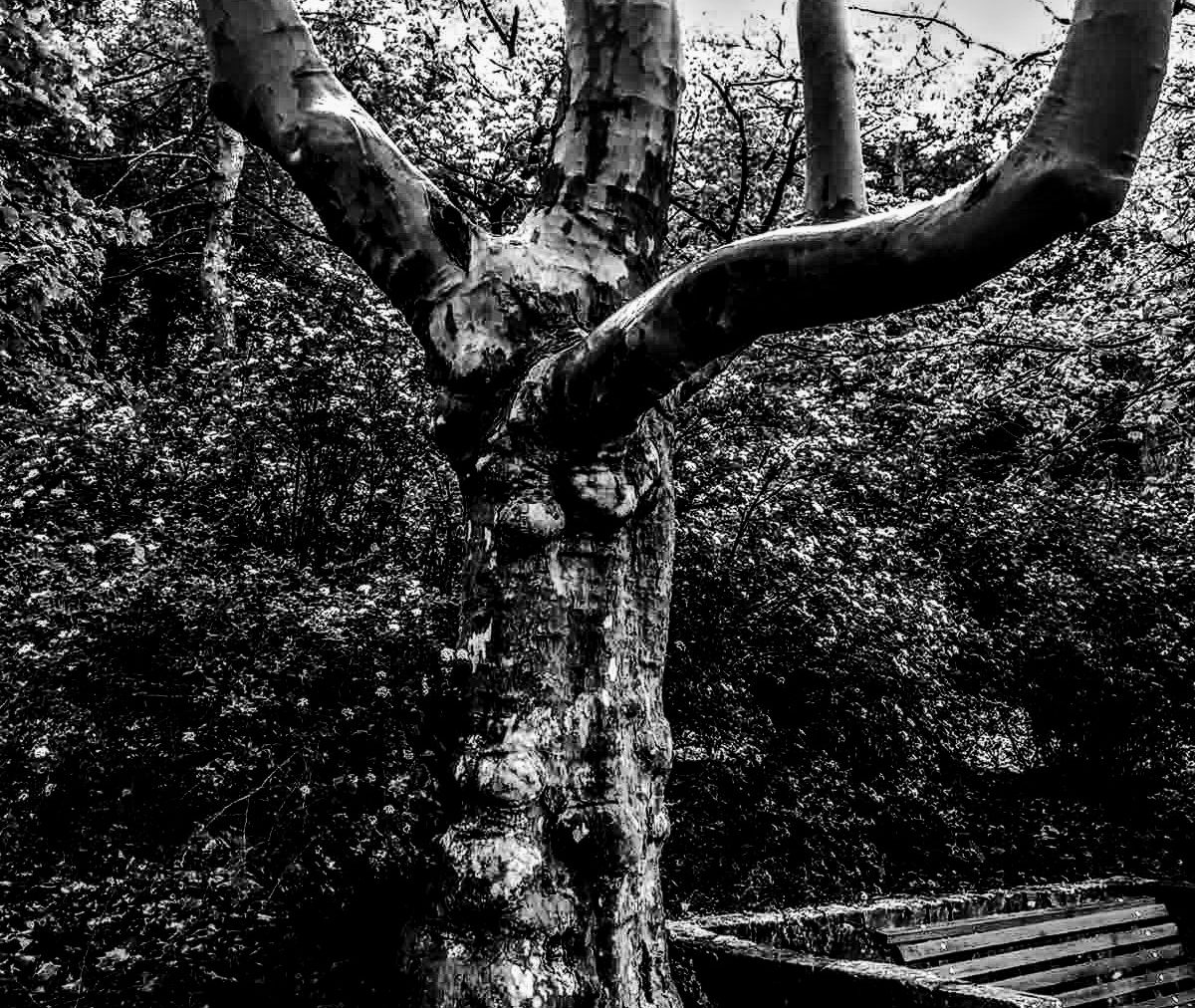In his article, The Social Anarchy of Art, Antonin Artaud links together the artist and the unconscious of the age, to which the artist belongs, and places them together into a place only opened up by the ability of the work of art to bring into the open what the age hides and represses so that a disrupting of the age could take place.
Between the artist and the age, there exists thus a relatedness of revealing, and not a relatedness of inventing. The work of art makes known, and hence lets arise, that which closes itself off by receding into the obscurity of the happening-at-the-same-time of forgetting and non-forgetting; and the artist puts before the view what is hidden and what hides itself so that a seeing and a particular noticing could occur.
The artist, occurring as a conversing with the unconscious of the age, and the work of art, taking place as a letting-arise of what the age represses, hides, or excludes, thus differ from what we today call “artist” and “art”. To today’s thoughtlessness belongs a linking together of art with creation, with newness, with inspiration, and with geniusness. That is, art, today, occurs as a creating, through which inspiration and geniusness pass, of the newest, for that toward which the technological-thoughtless age is turned is only the newest, the creating of the newest. This is why the words “creative” and “creation” have found new detours in today’s dictionary.
The work of art, for Artaud, is thus not a genius creating of the newest, but rather a letting-appear of the “psychological malaise” of the age, a conversing with “the catastrophic spirit of the time”, and a making known of the anguish and anger of the age. This revealing of the unconscious of the age is the opening out of which every disorder and all disorderedness emerge. That is, the origin of the disorderedness, the disordering, of the age is the forgotten/non-forgotten, that which the age distances from itself. The bringing out into the open of what the age hides, represses, forgets, and excludes, is the destabilizing and disrupting of time, history, and the age itself. The work of art is disorderedness, radical disorderedness, from which nothing escapes, even disorder itself, since it is nothing but an order ordered differently, or perhaps impossibly.

